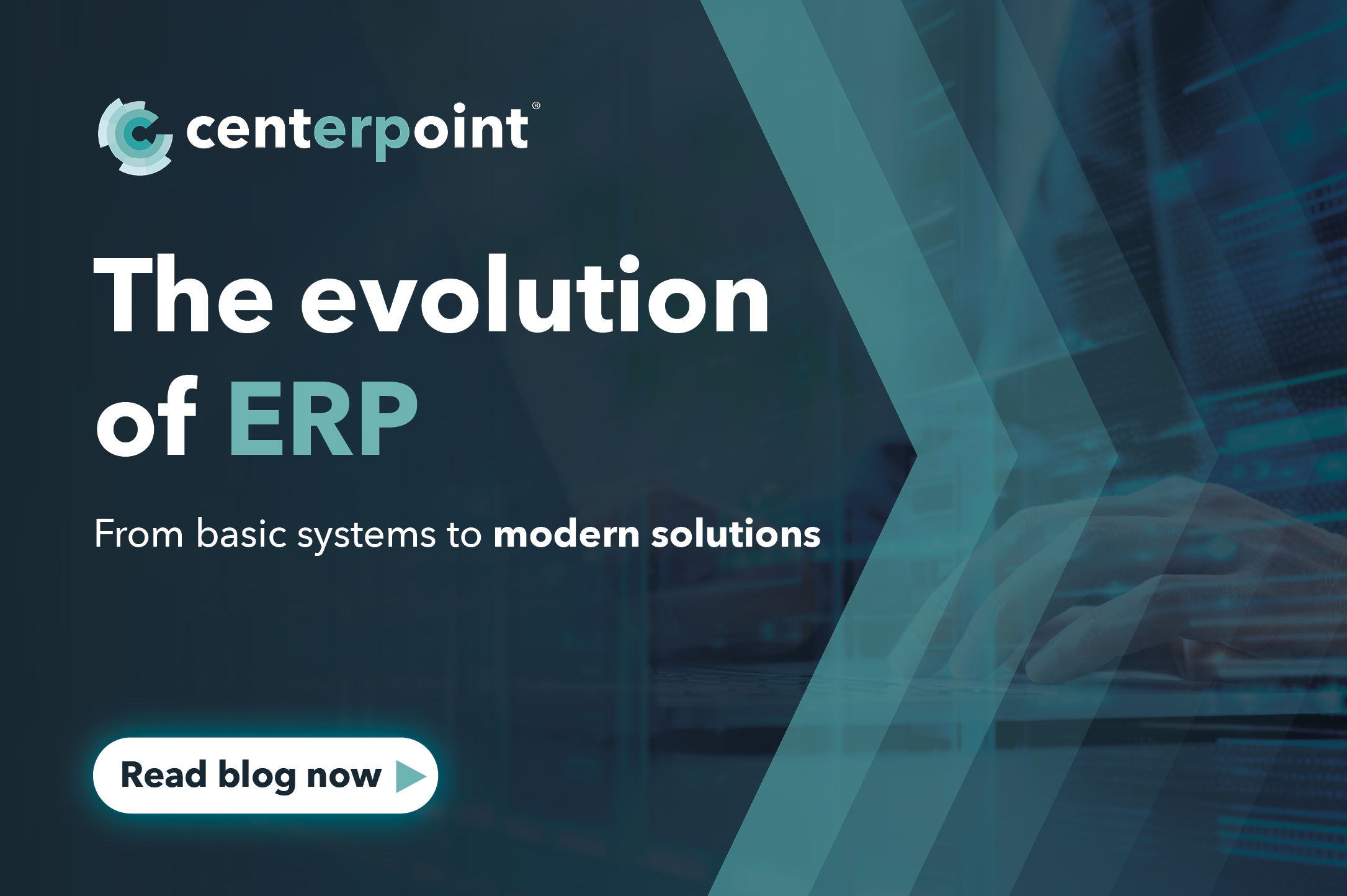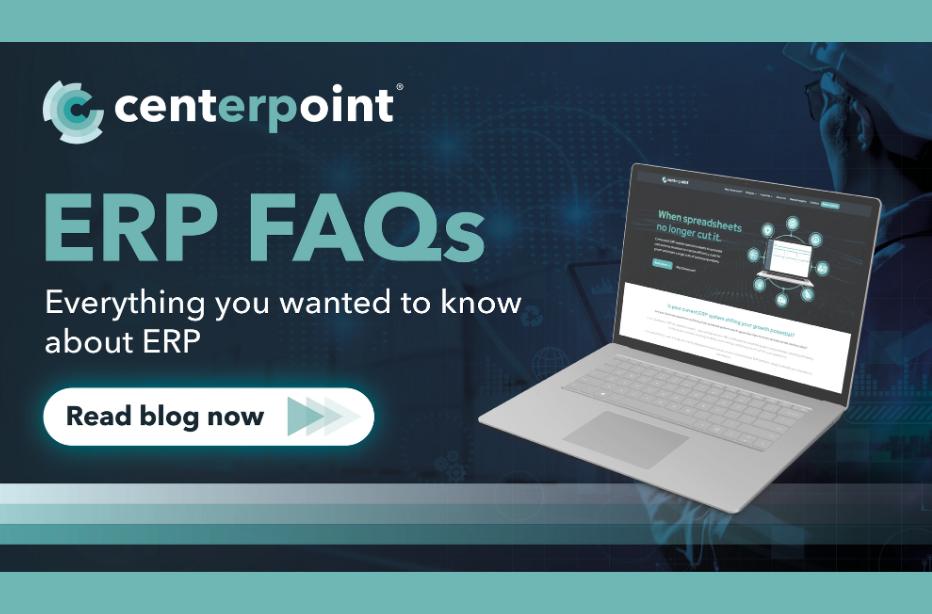Whether you are new to ERP or upgrading your existing system, implementing an ERP is an investment that should increase efficiency, streamline processes, and improve overall performance in your business.
However, the key to a successful ERP implementation lies in conducting a thorough ERP needs analysis before diving into the procurement process.
In this blog, we'll explore why an ERP needs analysis is imperative and provide a step-by-step guide to help you navigate through this crucial phase.
Why Conduct an ERP Needs Analysis?
Regardless of whether you are new to ERP or have been using an ERP for many years, it is imperative to lay the foundation for a successful implementation by conducting a thorough needs analysis for your ERP implementation project.
Here are compelling reasons to invest time and effort in this critical assessment:
1. Analysing Your Current State of Affairs:
Evaluating how your current ERP system or processes are functioning will help you to identify the areas that are working well and the shortcomings that exist. Doing so will allow you to define the improvements you expect following the implementation of the ERP system. By conducting a thorough analysis of your current state of affairs, you'll be laying the foundation for a successful ERP implementation.
2. Identifying Expectations, Goals, and Needs:
You must remember to involve all departments and key team members to avoid overlooking any critical functions during an ERP implementation. Since such an implementation will impact every aspect of the organisation, each department must be considered to prevent potential disasters from occurring during and after the ERP implementation process.
3. Determining Your Budget:
Implementing an ERP system can be a complex and cost-heavy project. Therefore, it's important to conduct a thorough cost analysis before kicking off the project. This analysis will help you understand the financial implications of the ERP implementation and aid in creating an effective budget plan. Allocating resources wisely is also important to avoid any potential setbacks that may arise during the ERP implementation process. By taking these steps, you can ensure a successful ERP implementation that meets your business needs and goals.
4. Reviewing Your Options:
Selecting the right ERP vendor is a complex task that requires careful consideration. It is essential to review different options available in the market, examine their product offerings, and analyse how well they fit the unique requirements of your business. Taking the time to evaluate and compare various ERP vendors will help you make an informed decision and choose a solution that aligns best with your business needs.
5. Ensuring a Perfect Match with the Provider's Solution:
Gathering feedback and securing buy-in from all departments and individuals who will be utilising the new ERP system is of utmost importance. To ensure a smooth transition, it's essential to enquire about the system's scalability and industry-specific capabilities. By doing so, you can ensure that the system will fit seamlessly into your existing infrastructure and facilitate your operations effectively.
6. Weighing Strengths and Weaknesses of Deployment Models:
Choosing the right deployment model for your organisation isa crucial decision that can impact your success. It is important to carefully evaluate each model and choose the one that best aligns with your goals and objectives. By analysing the strengths and weaknesses of each model, you can make an informed decision that will ensure the smooth and efficient deployment of your resources.
ERP Needs Analysis: Why it is crucial for your ERP implementation success
As you can see there are many reasons why an ERP needs analysis is crucial for gaining a comprehensive understanding of your organisation's current state, defining future goals, setting realistic budgets, ensuring compatibility with chosen providers, and making informed decisions about deployment models. By addressing these key points before your ERP needs analysis, you'll be better equipped to select a system that aligns with your business objectives and provides long-term value.
ERP Needs Analysis Checklist
Now you know the compelling reasons for conducting a needs analysis when considering an ERP implementation, here's a handy checklist to guide you through the needs analysis process:
1. Define Business Objectives:
· Clearly outline your business goals and objectives.
· Identify areas where an ERP system can contribute to achieving these objectives.
2. Engage Stakeholders:
· Involve key stakeholders from various departments (e.g., logistics, HR, operations) to gather diverse perspectives.
· Identify and involve both management and end-users in the process.
3. Current System Evaluation:
· Assess your existing systems and processes to identify strengths, weaknesses, and inefficiencies.
· Document pain points and areas that need improvement.
4. Regulatory Compliance:
· Identify industry-specific regulations and compliance requirements relevant to your business.
· Ensure the ERP system can support compliance with these regulations.
5. Check Scalability:
· Evaluate the scalability of the ERP solution to accommodate future business growth.
· Consider the ability of the system to handle increased data, users, and transactions.
6. Integration Requirements:
· Identify existing software applications and systems that need to integrate with the ERP.
· Ensure the ERP system can seamlessly integrate with other business systems.
7. Customisation and Flexibility:
· Assess the level of customisation required to meet specific business processes.
· Ensure the ERP system allows for flexibility to adapt to changing business needs.
8. User Friendliness:
· Evaluate the user interface and user experience of the ERP system.
· Consider the ease of use for employees with varying levels of technical expertise.
9. Mobile Access:
· Determine the need for mobile access to the ERP system, especially for employees who work remotely or on-the-go.
10. Data Security:
· Assess the security features of the ERP system to protect sensitive business data.
· Ensure compliance with data protection regulations.
11. Training and Support:
· Identify training needs for employees to effectively use the ERP system.
· Evaluate the support and training options provided by the ERP vendor.
· Consider what terms you would like for ongoing maintenance, updates and troubleshooting.
12. Cost Analysis:
· Estimate the total cost of ownership, including licensing, implementation, training, and ongoing support.
· Consider both short-term and long-term costs.
13. Implementation Timeline:
· Define a realistic timeline for the ERP implementation.
· Consider potential disruptions to daily operations during the implementation process.
The process of implementing a new ERP requires investment of time and effort, but it is key to unlocking the full potential of your ERP system. By understanding your current state, defining expectations, setting a realistic budget, reviewing options, ensuring compatibility with providers, and evaluating deployment models, you can pave the way for a successful ERP implementation project.
Learn more about how simple and fast Centerpoint ERP is to implement, here.
.png)


.png)
.png)




